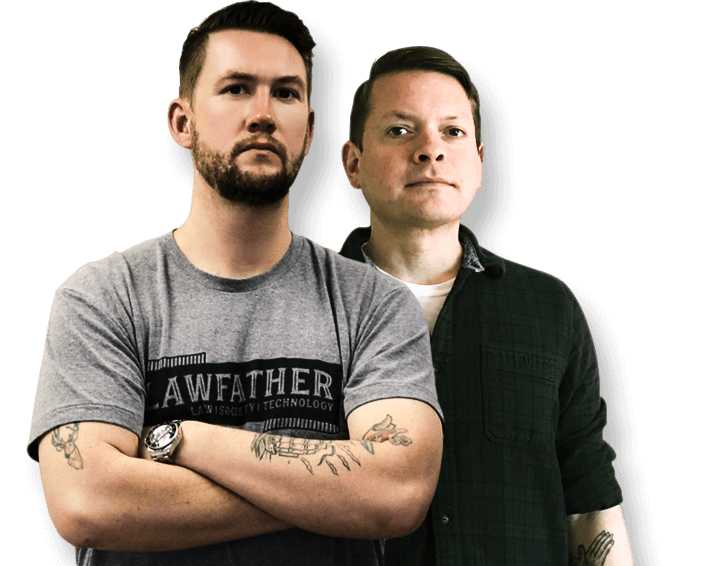If you’re going to trial, you need to show AND tell.

It’s a fact: Nationally, plaintiff’s attorneys only win 44% of the cases they take to trial. Attorneys who hire Law Father win nearly 85% of the time.
Attorneys who were not particularly quick to embrace trial technology are beginning to realize that great cases are being lost because of a failure to attract and keep attention NOT a failure of the facts.
Consider the following:
- After one hour, people retain less than half of the information presented.
- After one day, people forget more than 70 percent of what was taught in training.
- After six days, people forget 75 percent of the information in their training.
- In 2000, our attention span was 12 seconds. Now, it’s 8.25 seconds.
- The attention span of a goldfish is 9 seconds.
- Jurors allowed to keep their phones on them in the jury box may check their email inbox 30 times every hour (or every two minutes) and will pick up their phones more than 1,500 times in a week.
Those are some tough stats – but they shouldn’t be ignored. So, what can you do in trial to make sure the message you want to send stays in the minds of jurors? Try remembering the three distinct learning styles and TEACH TO ALL OF THEM.
- Visual Learners: These jurors understand and learn best when information is presented to them visually. Seeing information helps these jurors visualize the case information. They respond to poster boards, bullet points, and graphics.
- Auditory Learners: These jurors understand and learn best when information is presented to them in an auditory manner – such as listening to testimony and following along with a line of questioning. Hearing information helps these jurors internalize case information. Connect with them by creating verbal themes and repeating them back over and over. (“If the glove doesn’t fit, you must acquit.”)
- Kinesthetic Learners: These jurors best understand information that is presented to them kinesthetically, using their hands or bodies (such as holding models or watching others physically manipulate and present evidence). Try walking around in the courtroom to create a virtual space, i.e. a crash scene, a hospital room – physically draw diagrams and pass things around.
Law Father can consult with you about your case and provide insight from hundreds of jury trials. Our technicians are in court more than the attorneys we work with. We know how to tell stories and make critical facts stay front and center in the minds of juries. Click here to book Law Father Trial Support today.
LAWFATHER BUILDS FIRMS
Contact LawFather

